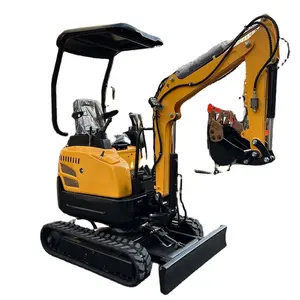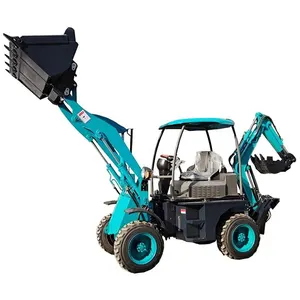Popular in your industry

















Top categories
About concrete shotcrete machine
In the construction industry, especially for structures that require quick and efficient building, concrete application is a critical step. To address this need, shotcrete machines have become instrumental in ensuring the proper and effective application of concrete. Also known as a gunite machine, a shotcrete machine is a specialized piece of equipment designed to spray concrete or mortar onto surfaces at high velocities, offering advantages in terms of speed, cost, and quality of the applied material.
Types of shotcrete machines
The two primary types of shotcrete machines are dry-mix and wet shotcrete machines. A dry-mix shotcrete machine is commonly used in construction for its ability to efficiently mix dry ingredients, such as cement, aggregate, and sometimes additives, with water at the nozzle during the spraying process. This method, known as dry-mix or gunite, involves feeding the pre-blended dry materials into a hopper, where they are then pneumatically conveyed through a hose to the nozzle. At the nozzle, water is introduced, and the mixture is sprayed onto the desired surface. This process offers advantages in terms of controllability, reduced rebound, and the ability to work in challenging environments, such as overhead or vertical applications.
On the other hand, a wet-mix shotcrete machine involves pre-mixing all the components of concrete or mortar, including water, before the material is fed into the machine. This pre-wetted or pre-dampened mixture is then pumped through a hose to the nozzle, where compressed air is introduced to propel it onto the surface. The wet-mix process is known for its ability to produce a more consistent and uniform application, as well as for providing better workability and reduced dust during spraying.
How does a shotcrete machine work?
A shotcrete machine, be it dry-mix or wet-mix, operates on the basic principle of pneumatically projecting concrete or mortar onto a surface. In the case of a dry-mix shotcrete machine, the machine uses a rotor-stator mechanism to propel the pre-blended dry mixture through a hose to the nozzle. At the nozzle, water is introduced at a controlled rate, and the mixture is sprayed onto the surface. This process requires precise coordination to ensure the right amount of water is added at the nozzle, resulting in a homogeneous and well-bonded application.
Conversely, a wet-mix shotcrete machine mixes all components, including water, before being fed into the machine. The pre-wetted mixture is then pumped through a hose to the nozzle, where compressed air is introduced to convey it onto the surface. The wet-mix process offers advantages in terms of better workability and a more consistent application due to the pre-hydration of the mixture. Both dry-mix and wet-mix shotcrete machines play crucial roles in various construction applications, from building new structures to repairing and strengthening existing ones.
Applications of shotcrete machines
Shotcrete machines are used in various applications across the construction industry. Examples include the construction and repair of tunnels, mines, and underground structures. Additionally, shotcrete machines are utilized in slope stabilization and soil retention projects, where the ability to apply concrete or mortar efficiently on vertical or overhead surfaces is crucial. Furthermore, shotcrete is used in swimming pool construction, providing a durable and water-resistant finish. In the realm of infrastructure, shotcrete machines are essential in building and rehabilitating bridges, dams, and other civil engineering structures. The adaptability and efficiency of shotcrete, coupled with the advancements in shotcrete machine technology, make it a versatile and indispensable tool in modern construction.










